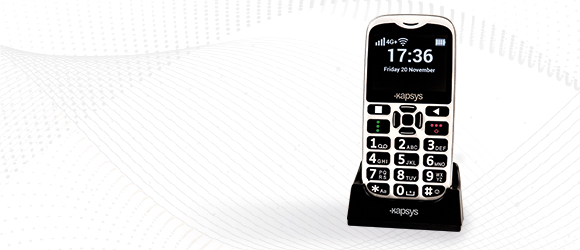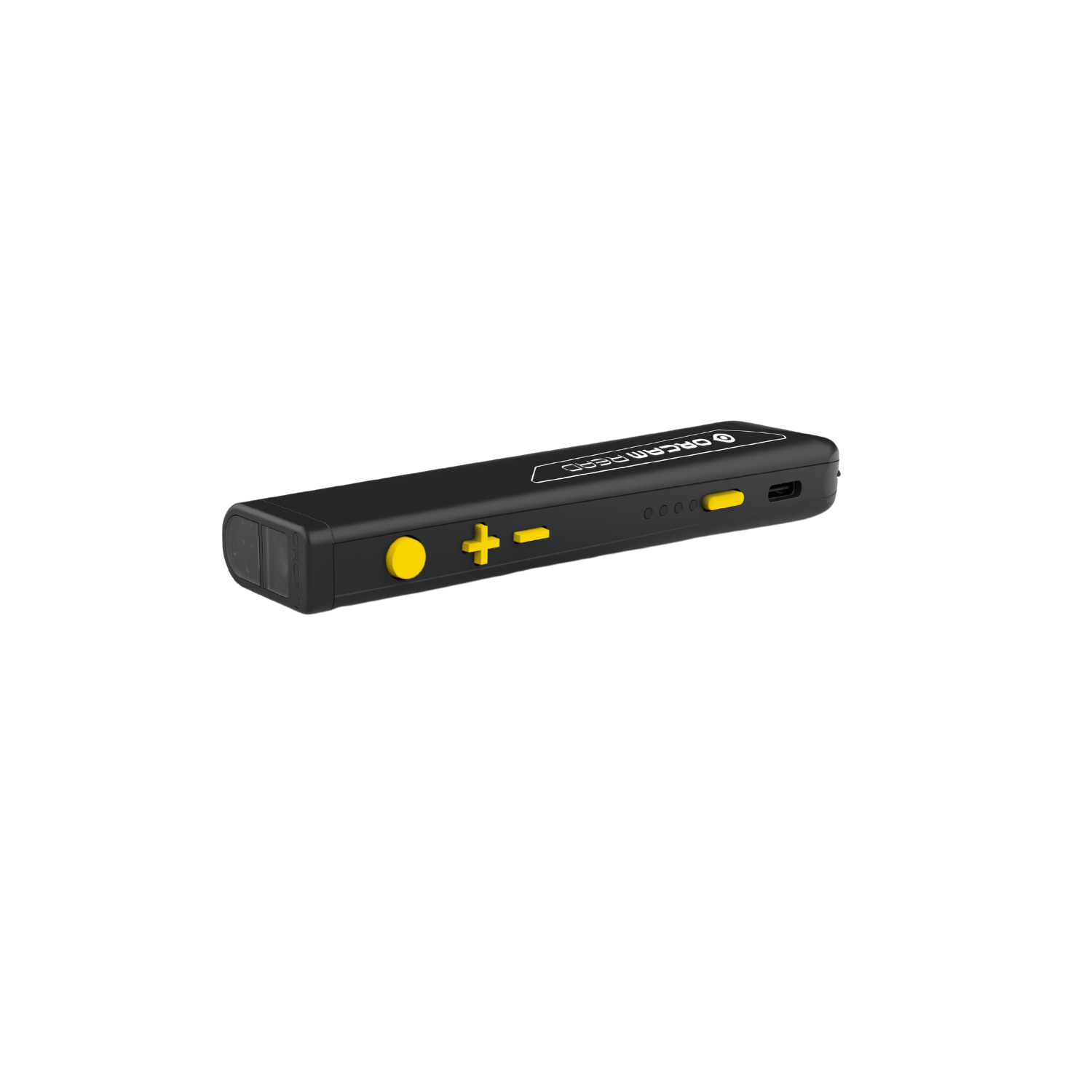Explore High-Tech Glasses for the Visually Impaired and Their Benefits
Explore High-Tech Glasses for the Visually Impaired and Their Benefits
Blog Article
A Guide to Life-altering Assistive Modern Technology for the Blind and Visually Damaged
The advancement of assistive technology has ushered in a transformative age for people who are blind or visually damaged, offering tools that enhance freedom and improve day-to-day experiences. Innovations such as wise navigation devices and AI-driven applications are redefining just how individuals connect with their environments, while accessible reading solutions and smart home technologies assure to additional elevate the top quality of life.
Smart Navigating Tools
Smart navigating devices are transforming the means people who are visually impaired or blind connect with their atmosphere. These advanced modern technologies, which integrate general practitioners, audio feedback, and haptic signals, offer individuals with essential details about their environments, enhancing their independence and movement.
One noticeable example is using smart walking canes geared up with sensing units that find obstacles and supply real-time feedback via resonances or audio cues. These devices allow customers to navigate intricate environments, such as hectic streets or crowded public spaces, with boosted self-confidence. Furthermore, wearable gadgets, such as wise glasses, are being developed to help in identifying faces, checking out message, and identifying items, additionally increasing the individual's spatial awareness.
Moreover, smart navigation devices are significantly incorporating synthetic knowledge to examine data and adapt to users' preferences. This tailored approach not only enhances navigating performance yet likewise promotes a feeling of empowerment among users. As innovation remains to advance, the potential for clever navigation tools to create an extra comprehensive and available world for people that are aesthetically damaged or blind continues to be encouraging, inevitably reshaping their everyday experiences and communications.
Innovative Mobile Apps
Mobile applications are becoming effective devices for helping people that are visually damaged or blind, offering a range of functionalities that enhance daily living. These applications harness advanced innovation to promote day-to-day jobs, boost accessibility, and promote freedom.
One group of ingenious mobile applications focuses on aesthetic acknowledgment. Applications like Be My Eyes attach customers with sighted volunteers using video clip telephone calls, making it possible for real-time support for jobs such as checking out tags or navigating unfamiliar settings. Applications like Seeing AI use synthetic intelligence to define surroundings, read text, and recognize objects, providing customers with essential information at their fingertips.
Another substantial location is navigation and orientation. Applications such as Aira and Nearby Explorer give audio assistance, aiding users browse city areas easily. They supply personalized support, permitting for an extra confident exploration of the environment.
In addition, health and wellness and wellness apps cater to particular requirements, such as medicine monitoring and fitness monitoring. These applications aim to cultivate an alternative approach to health, ensuring that users can maintain their health individually.
Wearable Assistive Tools
Wearable assistive gadgets stand for a significant improvement in technology created to sustain individuals who are visually damaged or blind. These gadgets improve wheelchair and freedom by giving real-time responses concerning the surrounding setting. Amongst the most noteworthy wearable modern technologies are wise glasses equipped with cameras and sensors, which can recognize barriers and relay essential info with audio hints.

An additional cutting-edge alternative includes wrist-worn gadgets that make use of ultrasonic waves to detect challenges and give navigational assistance. These devices typically include adjustable setups, permitting individuals to tailor the signals to their certain needs.
The integration of artificial intelligence in wearable assistive technology is also significant, as it consistently improves the precision and responsiveness of these gadgets. Overall, wearable assistive tools are transforming the lives of the aesthetically damaged and blind, promoting higher autonomy and improving lifestyle via cutting-edge remedies.
Accessible Reviewing Solutions
Available analysis remedies play a critical duty in allowing people that are blind or aesthetically impaired to involve with text throughout numerous layouts. These services incorporate a series of technologies and tools developed to boost analysis experiences, from standard print materials to digital web content.
One noticeable solution is Optical Personality Acknowledgment (OCR) innovation, which transforms printed text right into electronic format, enabling customers to pay attention to or check out the web content utilizing screen visitors. In addition, specialized e-readers equipped with text-to-speech abilities provide personalized reading experiences, enabling users to change font dimensions and history shades for improved exposure.
One more reliable approach is braille screens, which provide responsive feedback by converting digital message into braille. This permits individuals to check out touch, cultivating better independence and More about the author access to literature. Furthermore, mobile applications made for reading scanned books or files can equip individuals with instantaneous access to a huge collection of materials.

Smart Home Technologies
Smart home innovations have actually changed the way individuals who are blind or visually impaired engage with their living environments, enhancing both freedom and security. These innovative remedies take advantage of automation and connectivity to produce an available home customized to the requirements of users.
Smart audio speakers and voice-activated assistants give hands-free control over various gadgets, permitting individuals to adjust illumination, temperature, and protection measures via easy voice commands. This functionality decreases dependence on sighted support and cultivates a sense of autonomy. Additionally, smart illumination systems can be tailored to deliver acoustic feedback or tactile hints, making it possible for individuals to navigate their homes much more More about the author properly.
In addition, security systems geared up with clever cameras and sensors can send real-time alerts to individuals, improving individual safety without requiring aesthetic verification. Automated door locks offer peace of mind, allowing users to protect their homes easily.
Incorporating clever home technologies not only enhances everyday living however additionally urges social communication via connected tools - Smart glasses for the visually impaired. With recurring improvements in assistive innovation, the future appears promising, as more services will certainly arise to more empower people that are aesthetically damaged or blind, ensuring an extra independent and inclusive lifestyle
Conclusion
Finally, the innovations in assistive innovation for the aesthetically impaired and blind stand for a substantial leap toward boosting self-reliance and quality of life. Smart navigating tools, innovative mobile applications, wearable devices, obtainable reading solutions, and clever home innovations jointly foster an inclusive atmosphere. This assimilation of technology not just improves wheelchair and everyday living yet also empowers people to involve completely with their surroundings, advertising better freedom and involvement in society.
Advancements such as smart navigating tools and AI-driven applications are redefining how users engage with their surroundings, while easily accessible analysis remedies and wise home technologies guarantee to more elevate the quality of life. As innovation continues to breakthrough, the possibility for clever navigating tools to create a much more accessible and inclusive globe for people that are visually impaired or blind continues to be encouraging, inevitably improving their everyday experiences and communications.
Wearable assistive tools stand for a substantial development in modern technology developed to support people that are blind or aesthetically impaired. Among family eye care the most significant wearable modern technologies are smart glasses geared up with sensors and video cameras, which can determine barriers and relay crucial information with audio hints.
Smart navigating devices, ingenious mobile applications, wearable gadgets, obtainable reading solutions, and smart home innovations collectively promote an inclusive atmosphere.
Report this page